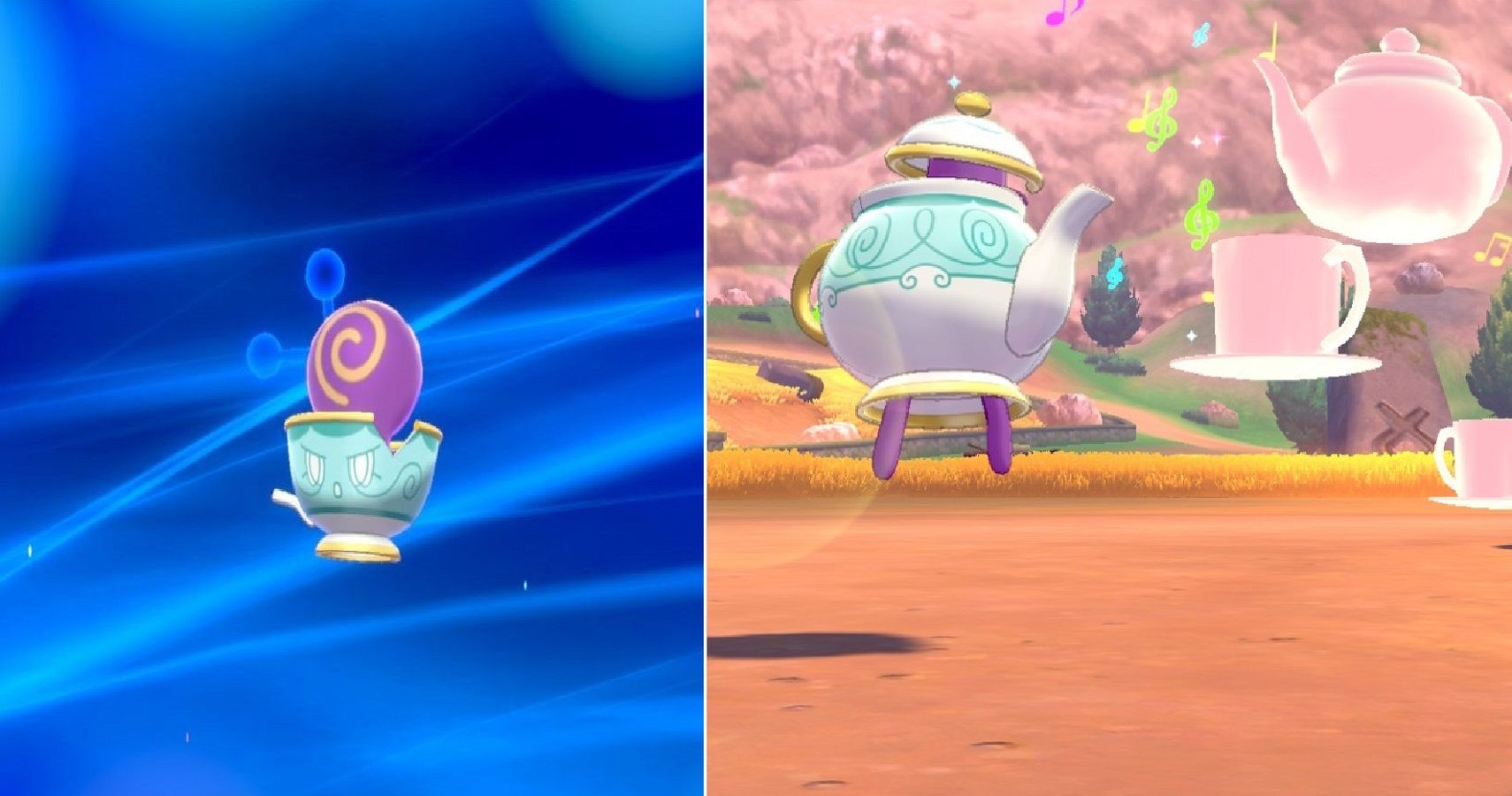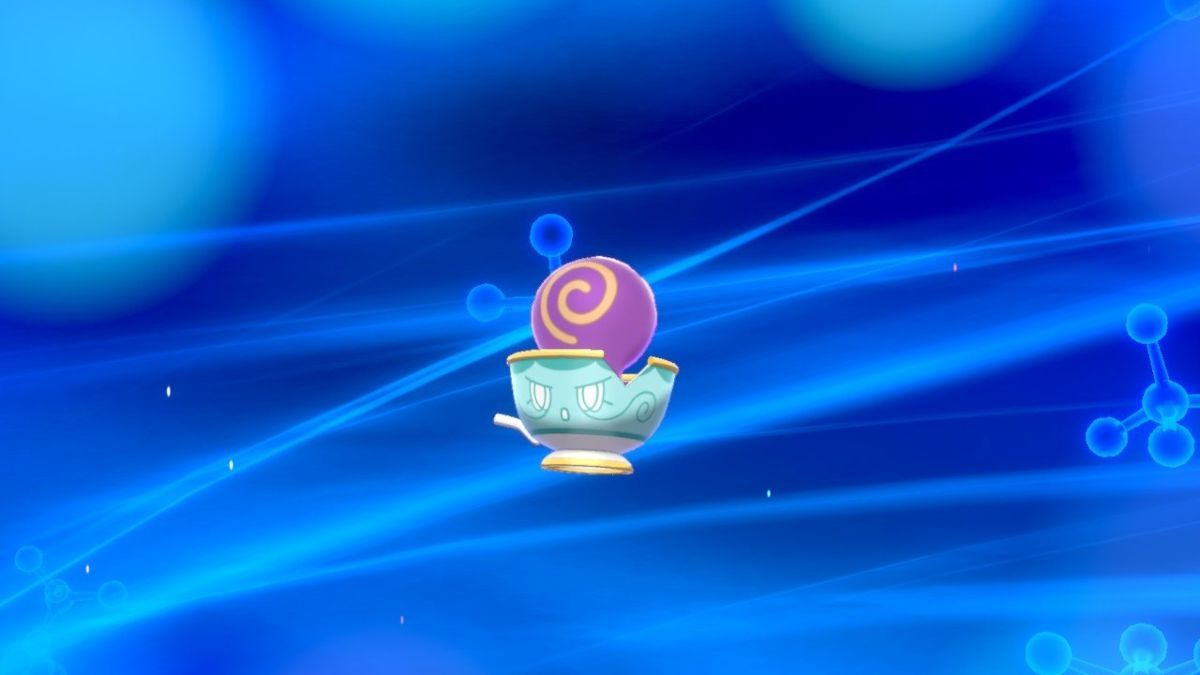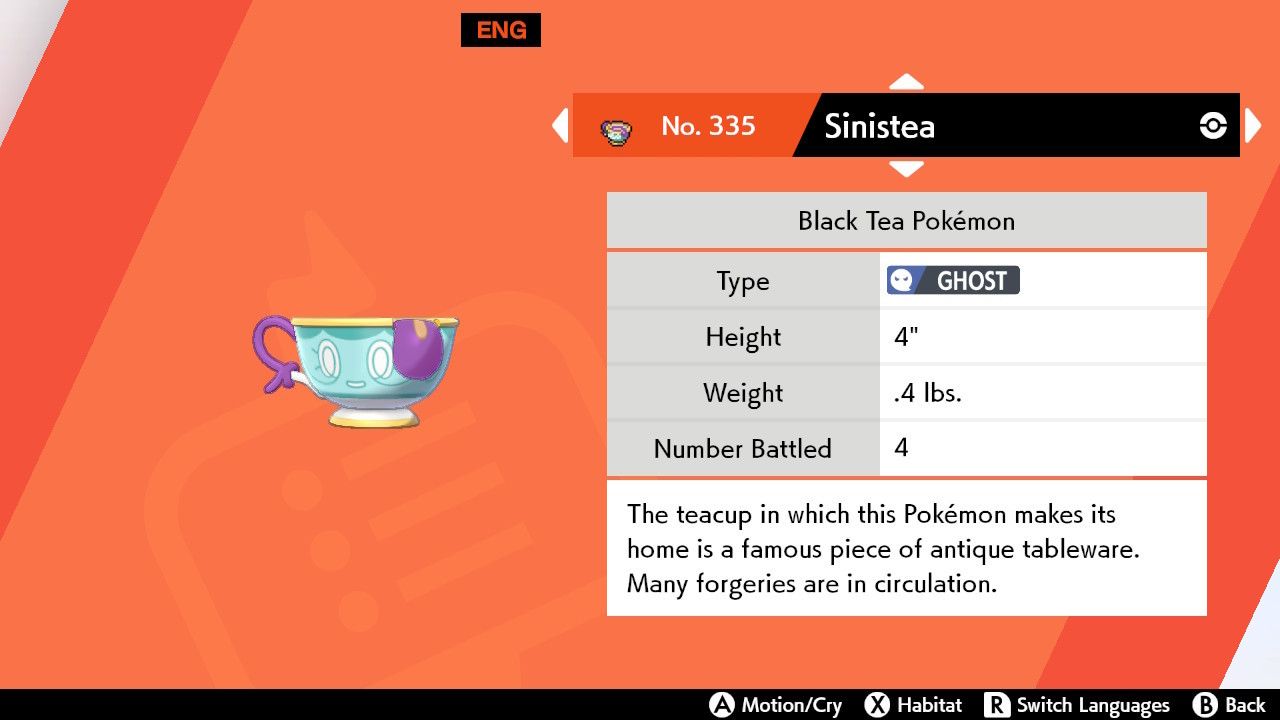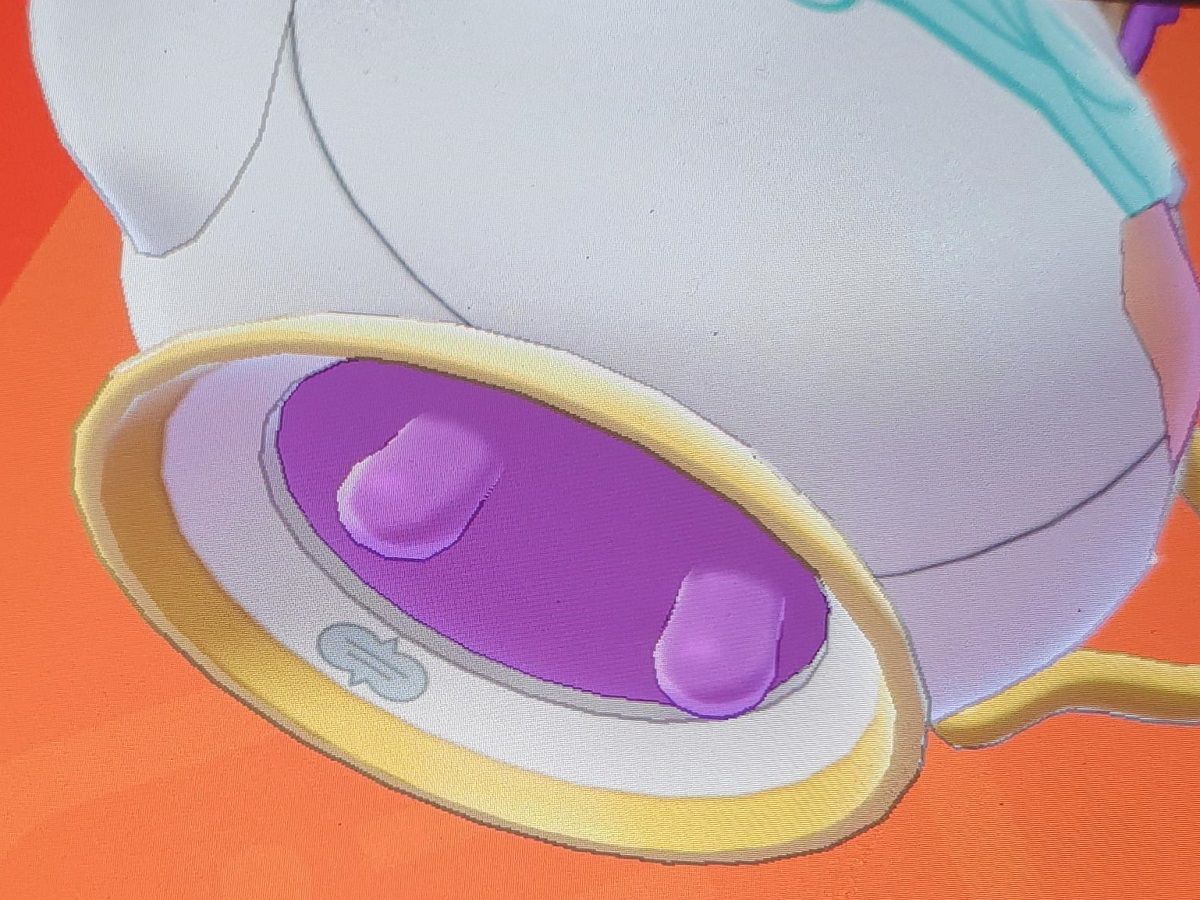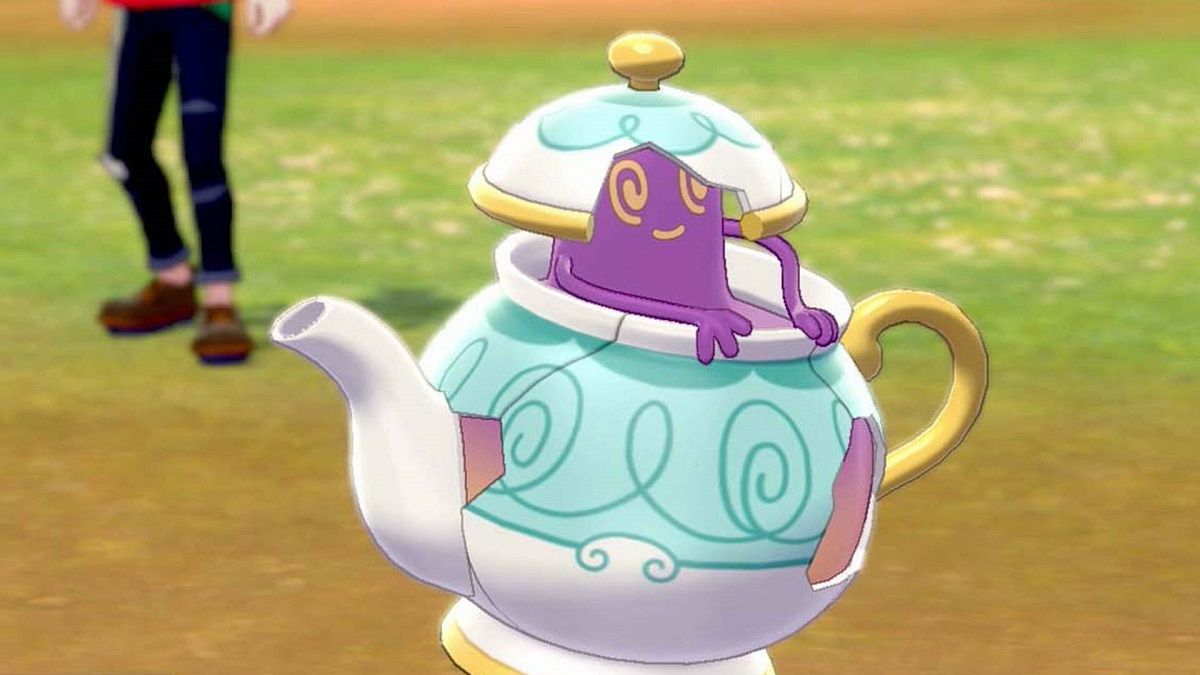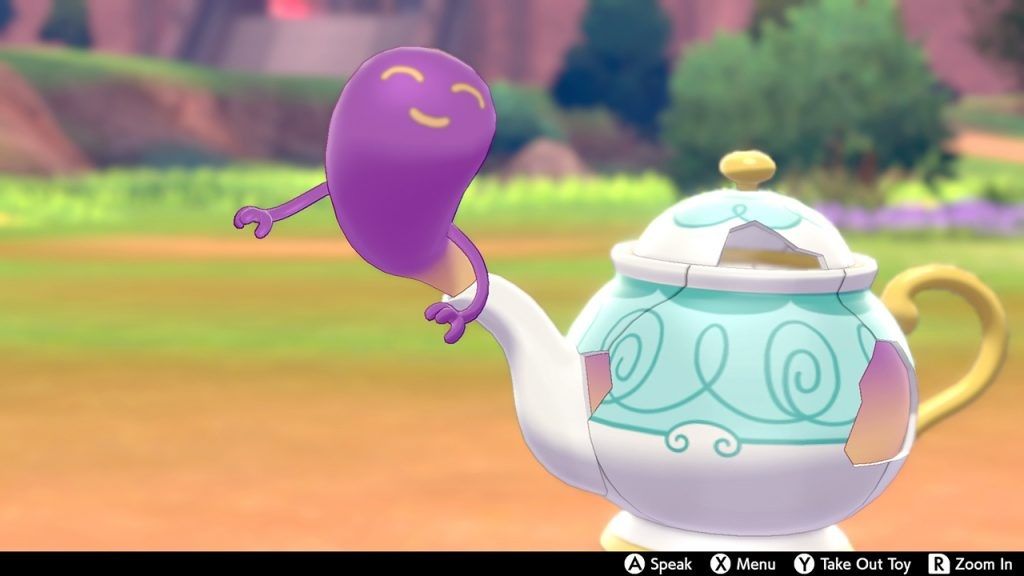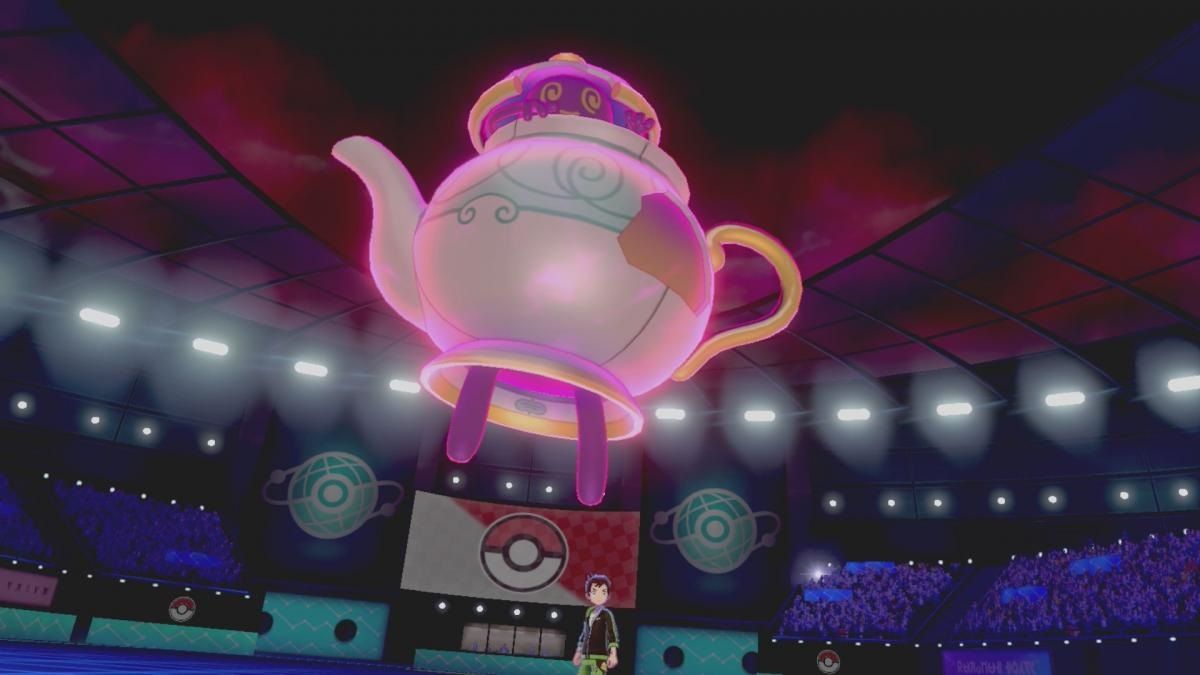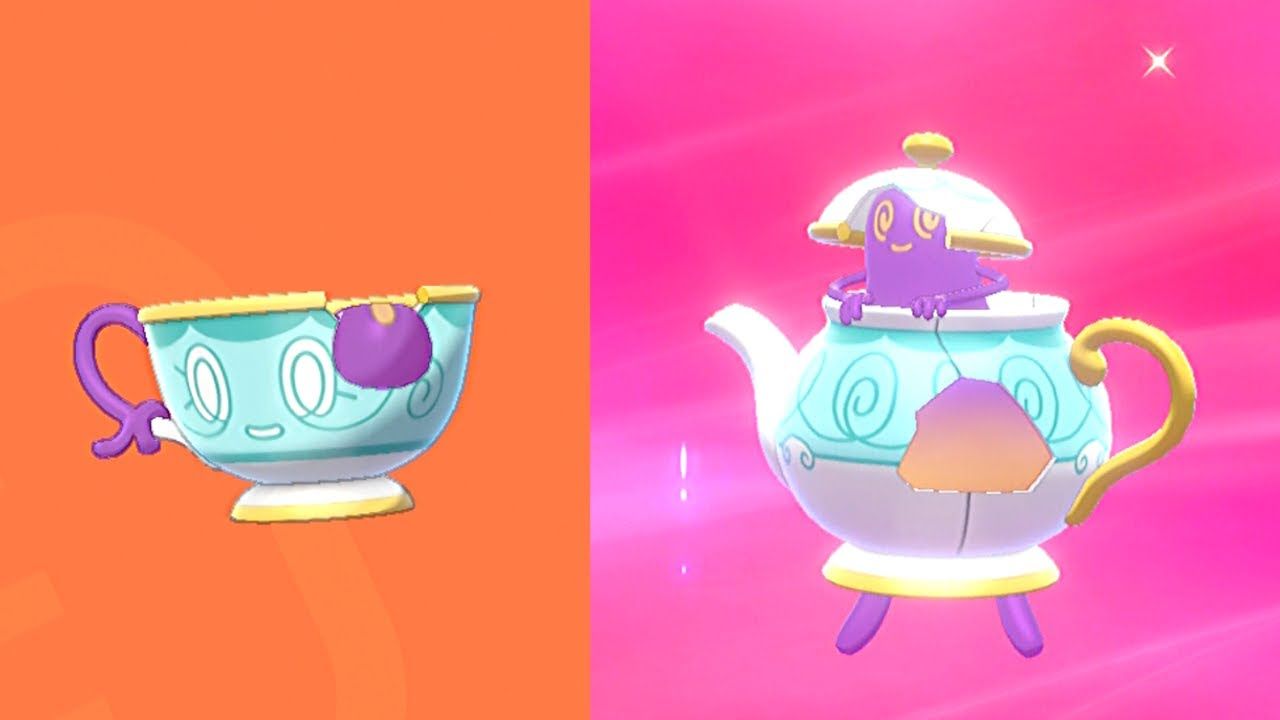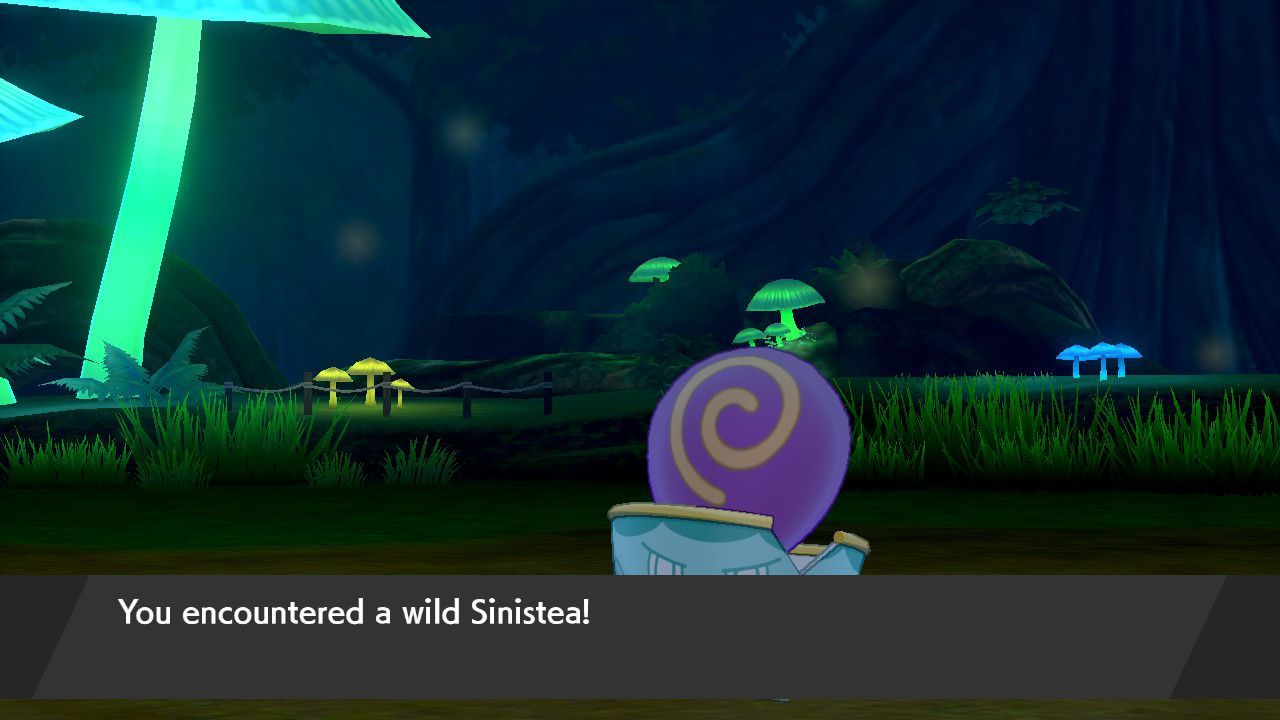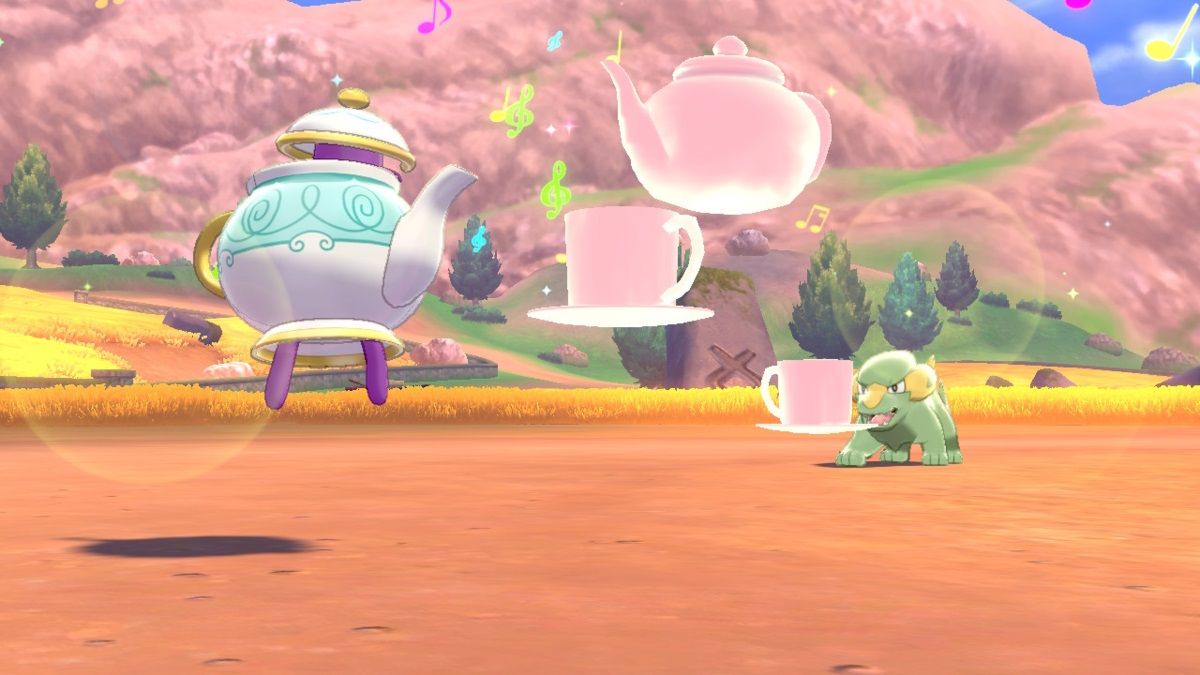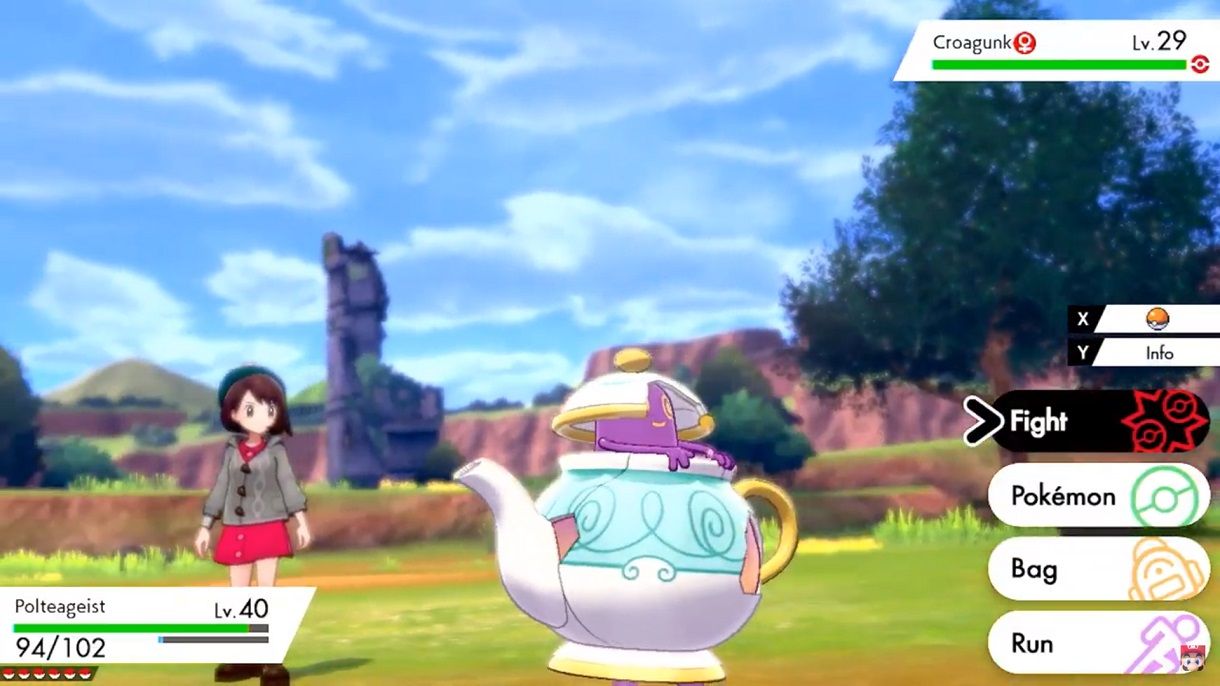So, yes. You can’t have escaped the fact that Nintendo Switch hit Pokémon Sword and Shield was heavily criticised for its lacking roster. The great National Pokédex controversy outraged many fans, as iconic Pokémon had to be cut from the wilds of Galar.
Sad as it was to see this happening, we could take solace in the fact that the games still offered a crop of curious new Pokémon, with unique typings, Abilities and much more (well, some of them). One of the first Gen VIII Pokémon to make an impression was Sinistea. Let’s learn how to evolve this little critter, as well as some other tidbits about it!
10 It Requires An Exclusive New Item (Well, Items)
Right from the first generation of Pokémon, we’ve known that exposure to certain items cause particular species to evolve. A lot of the time, different stones do the trick (a Leaf Stone will evolve Exeggcute into Exeggutor, for instance, while a Fire Stone will evolve Vulpix into Ninetales). Over time, new stones were added, including the Dawn Stone, Dusk Stone and Ice Stone, and other Pokémon were introduced that evolve through exposure to different items (or by being traded while holding them).
In Sinistea’s case, it’s a simple matter of exposure to a brand-new item, the Cracked Pot. Here’s the rub, though: another exclusive item, the Chipped Pot, does the same job (look out for both at the bargain seller in Stow-on-Side on certain days, plus one in the town itself here), but each will only work with particular Sinisteas!
9 There Are Two Forms Of Sinistea
In some Pokémon’s case, the difference between their forms is plain to see. Shaymin and Shaymin Sky Forme, for instance, couldn’t really be more distinct from each other. Sinistea also has two different forms, Phony and Antique. It’s super hard to tell the difference between the two (there’s a tiny certificate of authenticity on the underside of ‘genuine’ Sinistea), but it’s crucial to know which one you have.
Why? Because a Phony Sinistea will only evolve with the Cracked Pot item, while an Antique one can only evolve when exposed to the Chipped Pot.
8 Genuine Ones, Unsurprisingly, Are Rarer
As tends to be the case in the real world, where there are enthusiasts, there are people out to make a cheap, unscrupulous buck from them. As a result, counterfeit products are all too common, and that’s also the case with this Sinistea and Polteageist.
You’re much more likely to come across a Phony Sinistea than an Antique one, so you’ll want to make sure you have a Cracked Pot on hand if you plan on training one of these spooky Pokémon. What are the chances of obtaining the genuine article? 1%!
7 Antique Sinistea Are No Stronger Than Phony Ones
So, yes. If you’re super serious about breeding and training up a competitive Polteageist, you may as well forget about being picky and having an Antique one. Unless you take the Hyper Training route, Antique Sinistea are just too much of a rarity.
If you were concerned that the genuine article would have superior stats to compensate for their rarity, there’s no need to be: beyond the barely noticeable sticker on their undersides, the two forms are identical to each other, including their stats. Are those stats any good, though? Let’s take a look!
6 It’s Actually Super Strong (As Polteageist)
Well, as an unevolved Pokémon, Sinistea was never exactly going to set the world ablaze with its raw power and battling prowess. It’s 0’08” tall, anyway, so we probably knew not to expect too much in that regard. Don’t underestimate this creepy little critter, though, because Polteageist can actually be one heck of a powerhouse.
Base 134 Special Attack is very high indeed, and it also has access to one of the best boosting moves in series history: Shell Smash. Its Speed is totally average, but once it’s doubled that and its Special Attack in one turn, you’re in for a fair amount of pain if you can’t stop the Polteageist train from rolling.
5 It’s Pretty Terrifying Outside Of Battle Too
So, yes. As we’ve seen, the Sinistea line really aren’t Pokémon to take lightly. This thing sure can be terrifying with a Shell Smash under its belt. Still, as formidable an opponent as it can be in battle, it’s even more of a monster from a lore perspective.
What does the Pokédex tell us about Sinistea? Well, feast your eyes on this excerpt from Pokémon Shield’s dex entry about its Antique Forme: “It absorbs the life-force of those who drink it.” Of Polteageist, Shield’s entry reads: “Leaving leftover black tea unattended is asking for this Pokémon to come along and pour itself into it, turning the tea into a new Polteageist.” We don’t really want to go into the logistics of all this (as is often the case with those enigmatic Ghost-types), so we’re just going to give it a firm yikes.
4 It’s A Rare Pure Ghost-Type
As we mentioned in the last entry, Sinistea and Polteageist are Ghost Pokémon. Interestingly, they’re pure Ghost-types, which helps to make them even more unique. Only 14 Pokemon to date are pure Ghost, and that’s including Banette and its Mega Evolution separately.
At the same time, though, this really does hamper its offensive potential. Another STAB would have gone a long way, as it doesn’t really have an awful lot to use that impressive Special Attack stat with as it stands.
3 It’s The Smallest Pokémon Ever
So, yes. We’ve already covered Sinistea’s diminutive size, and the fact that it’s a brutal little beast that will go ahead and absorb your life force if you’re snarky about it. What’s really notable, though, is where it stands on the general scale of teeny Pokémon.
As Bulbapedia reports, it’s the tiniest Ghost-type ever. Not only that, but it actually ties for the title of smallest (read: shortest) ever Pokémon with five others: Comfey, Cosmoem, Cutiefly, Flabébé and Joltik.
2 It Learns A Brilliant Signature Move On Evolving
Well, we say brilliant. It’s certainly unique. On first evolving into Polteageist, this Pokémon will learn the Normal-type status move Teatime.
What does this move do? Well, as the name suggests, it’s teatime for all Pokémon on the field. If they’re holding berries, they immediately eat them and activate their effects. Needless to say, this is a super niche move, but fans of doubles matches and gimmicky strategies will surely find uses for it. Perhaps alongside some of Polteageist’s other status options, like the ever-useful Aromatherapy.
1 It Can Also Be Relatively Defensive
So, yes. It’s darn tough to find a moveslot for Teatime, as it’s just so situational. However, we’ve also touched on the fact that the Sinistea line has access to some great supportive and defensive options.
It can’t really take a physical hit (Will-o-Wisp aside), but its Special Defense is certainly good enough to work with. It has Aromatherapy to heal the team’s statuses, Hex to take advantage of the opponent’s own, dual screens, Strength Sap to weaken physical attackers and heal itself in one… you wouldn’t think it from this thing’s tiny frame, but it can be somewhat effective in a tanky/supportive role too. Even if that isn’t really where its strengths lie.

